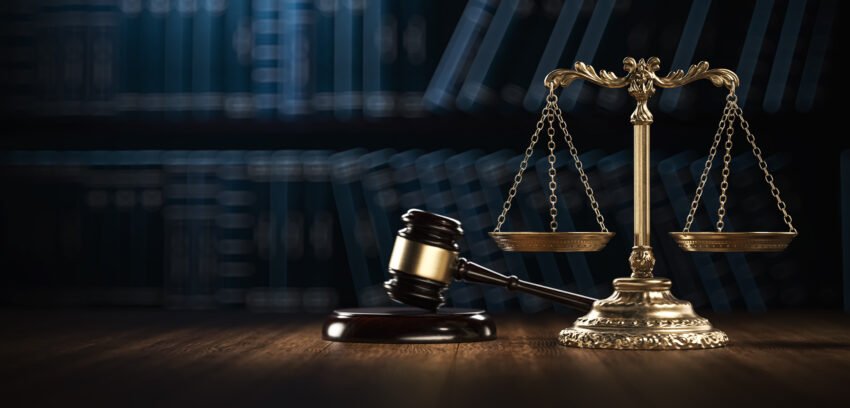Hannah Zhao writes: Police departments and law enforcement agencies are increasingly collecting personal information using drones, also known as unmanned aerial vehicles. In addition to high-resolution photographic and video cameras, police drones may be equipped with myriad spying payloads, such as live-video transmitters, thermal imaging, heat sensors, mapping technology, automated license plate readers, cell site…
Category: U.S.
Microsoft security tools questioned for treating employees as threats
Thomas Claburn reports: Software designed to address legitimate business concerns about cyber security and compliance treats employees as threats, normalizing intrusive surveillance in the workplace, according to a report by Cracked Labs. The report, titled “Employees as Risks” – released today by the Vienna-based non-profit – explores software from Microsoft and formerly from Forcepoint – specifically…
The US wants to use facial recognition to identify migrant children as they age
Eileen Guo reports: The US Department of Homeland Security (DHS) is looking into ways it might use facial recognition technology to track the identities of migrant children, “down to the infant,” as they age, according to John Boyd, assistant director of the department’s Office of Biometric Identity Management (OBIM), where a key part of his…
Privacy Protections of the Stored Communications Act Gutted by California Court
Stephanie Pell and Richard Salgado of the Lawfare Institute write: On July 23, the California Court of Appeal for the Fourth District issued a whopper of a decision that looks to upset decades’ long understandings of how users’ data is protected from disclosure by providers under the Stored Communications Act (SCA). It eviscerates the SCA’s prohibitions that prevent communication…
